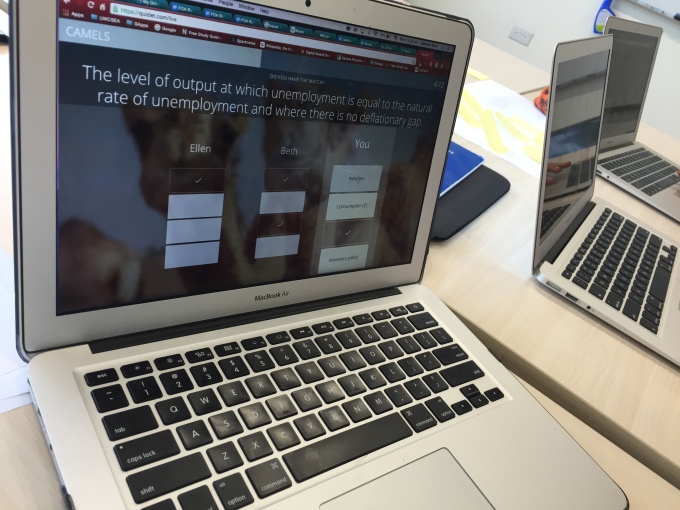Why do so many teachers assume that only rubrics and tests are suitable for assessment? Sure they have their place but only within a suite of assessment strategies...

Do less, but do it better.
Now of course it's highly possible that teachers are unaware of the wider range of assessment tools they use effectively almost everyday, such as the ad hoc/informal conversations (conferences in the jargon) with students every day, to spirited class debates (not lectures) that utlise skilful Socratic strategies, which are in and of themselves valid assessment tools. The problem is that I think these are seen as somehow inferior to a "proper" test/rubric. All this does is create a lose/lose scenario for the teacher and the student. Rather than focusing on tests and rubrics, wouldn't it be better for everyone if we were to embrace a much wider tool kit when it comes to assessment? To see them all as valid/powerful, maybe that conversation/conference was so effective that adding a rubric or a test is not only unnecessary but possibly even counter productive?I think if you had asked most teachers why it is that they rely so strongly upon rubrics and tests as opposed to all of the other powerful forms of assessment, I think you would find that they would point to one sad fact; they feel they need paper with marks on, that they can attach a grade to, so they can point to it as being hard evidence of their assessment judgement. While there is clearly a place for this kind of formal (usually summative) judgement, in my experience it is far too frequent and far too common. Teachers could do themselves a favour and do their students a favour by focusing on the goal of learning rather than the need to have a hard artefact to present evidence of every stage of progress.
What if instead we were to focus on the goal, that is, as long as the assessment tools you use allow you to provide effective individual feedback to the student and enables them to progress in their learning point where they are improving compare to their previous level of competence (ipsative assessment), then the goal has been achieved! So why not work a little smarter and use a range of assessment tools that are a far more varied. In so doing you create a classroom environment that is more dynamic, and far more effective for both the teacher and the student.
So what does this have to do with tech?
From my perspective, a classroom that exploits a wide range of assessment tools is a much richer environment within which to be able to integrate digital tools that can truly enhance and transform the way teachers teach and the way the students learn, and demonstrate the extent to which they have mastered the skills, knowledge and understanding that is truly the point, not just in ways that can be measured quantitatively on another test or a rubric. You don't have to look much further than an early childhood classroom to see this in action. Why? One thing their students can't do is demonstrate their understanding via tests or rubrics!I've always found this matrix from the PYP to be particularly useful to illustrate this, although you may be surprised by the omission of tests from this grid, I believe they (somewhat disparagingly?) categorise these as 'check lists':
 |
| From Making the PYP Happen (IBO) |
 |
| From the 'old days'—not new, but not common either. |
If you really insist on using rubrics, a nice way to use them is for the teacher to define a central standard (eg a level 3 on a 5 point scale) and then ask the students to define and justify the level they feel their work sits in comparison to that, with examples.
More reading on the problems with rubrics, if you're so inclined:





















